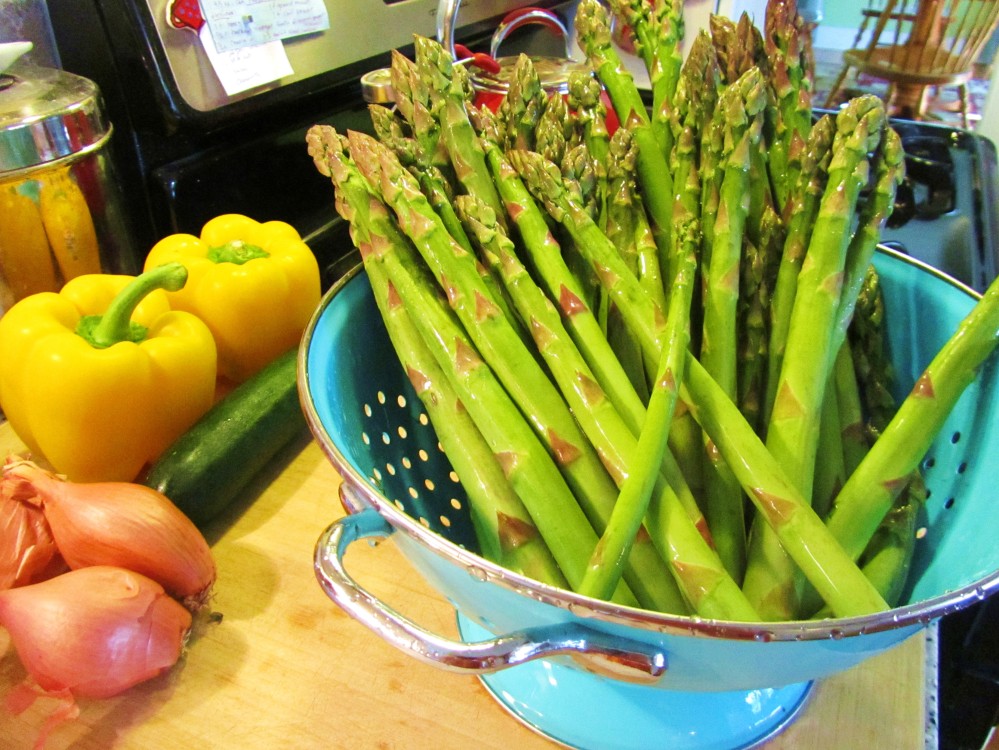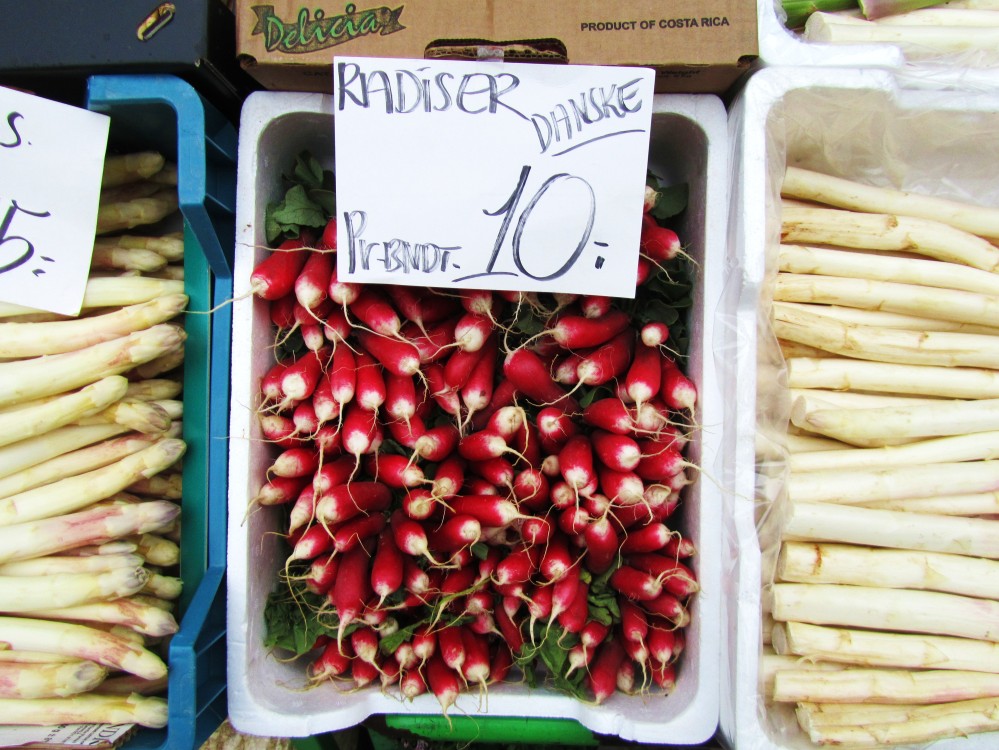This arguably controversial opinion of asparagus’s effect on urine, as offered by French writer Marcel Proust in 1913, is a colorful illustration of mankind’s long-standing fascination with asparagus. Since its initial cultivation by the Ancient Greeks, asparagus has enjoyed a 2500 year history of charming palates and, as Proust observed, transforming chamber pots. (Interestingly, research on this particular byproduct of enjoying asparagus reveals that Proust and his sense of smell may have been among a lucky minority. The smell, which results from the breakdown of the vegetable’s sulfurous amino acid methylmercaptan during digestion, is only discernible by around a quarter to a half of the population.)
health benefits
The Ancients Greeks were certainly on to something when they praised asparagus not only for its delectable taste but also for its manifold health benefits. A particularly impressive amount of the carbohydrate inulin, coupled with the vegetable’s high fiber content (3 grams per cup) and protein content (4 to 5 grams per cup), makes asparagus ideal for improving digestive support. And if that’s not convincing enough, asparagus is also chock-full of anti-inflammatory and antioxidant nutrients, so can significantly reduce the risk of heart disease and blood sugar control problems. Not to mention, the stalks’ B-vitamin content is through the proverbial roof.
some history & fun facts
Asparagus comes from a Greek word meaning “sprout” or “shoot,” a rather straight-forward and uninteresting etymology. However, the Oxford English Dictionary’s definition of the word makes note of a brief deviation from this familiar name sometime around 1650. Thanks to the fluid and ever-changing nature of language, the word was spontaneously corrupted by English-speakers to sparrow-grass, which remained the polite name for the vegetable throughout the 18th century. Professional botanists still used asparagus, but with the stigma of a certain degree of stuffiness; according to John Walker’s A Critical Pronouncing Dictionary (1791): ‘Sparrow-grass is so general that asparagus has an air of stiffness and pedantry.’ During the 19th century, asparagus once again became the norm, and sparrow-grass was re-assigned as typical of the illiterate.
Around the same time that English-speakers were struggling with issues of naming, King Louis XIV (1643-1715) was helping the vegetable reach new heights of popularity in France. Allegedly, Louis so loved asparagus that he dubbed it the “food of kings” and had special greenhouses built so he could enjoy it all year round.
While green asparagus remains the most popular variety in the United States, white asparagus is preferred in many European countries, most notably in Germany, Netherlands, France and Belgium. To cultivate white asparagus, the bulb is planted beneath a mound of soil, so that as the plant grows, it’s denied sunlight until harvested. This process, called etiolation, inhibits the plant’s production of chlorophyll and is responsible for the color, or lack thereof. (In fact, I can personally attest to Europe’s preference for this variety. While on a trip to Denmark and France earlier this month, I witnessed many more produce stands offering white asparagus than green. The photo below was taken in Copenhagen; note the white asparagus on the peripheries of the picture.)

